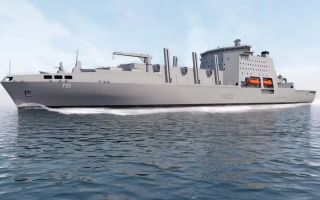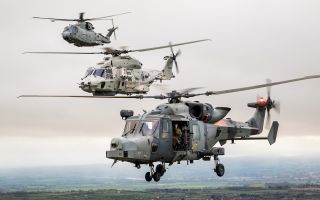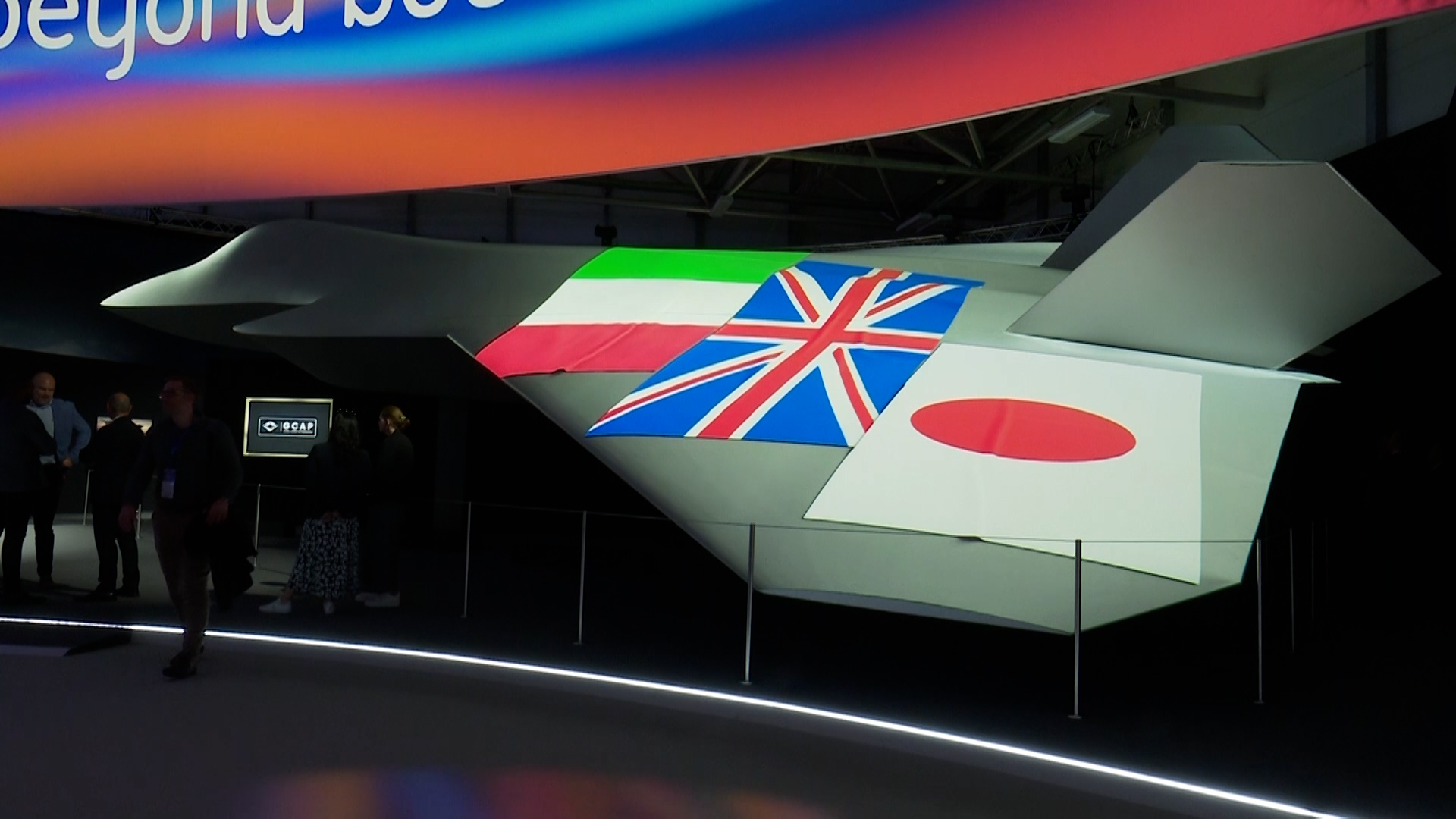
Defence officials deny Japan has kicked up a storm over Tempest next-gen fighter

Japanese defence officials have denied reports that said Tokyo doubts its new next-gen fighter – known in the UK as the Tempest – will meet its expected rollout date of 2035.
One source close to the project said the joint Global Combat Air Programme (GCAP), which was established in 2022, was falling behind schedule due to a lack of urgency from fellow partners Britain and Italy.
They claimed this could push the stealth jet's deployment beyond 2040, potentially forcing Tokyo to fill holes in its air defence capability either by buying more US F-35 Lightning IIs or upgrading its fleet of F-2 jets.
If the claims prove accurate, Japan will need to begin planning soon if GCAP is delayed to ensure it has enough jets to counter Chinese and Russian aircraft that regularly probe its air defences.
But a spokesperson for the Japanese defence ministry's acquisition agency said the 2035 rollout target for the Tempest was unchanged.
He also said the decommissioning of the ageing F-2 – a Japanese variant of the US F-16 Fighting Falcon – was set to begin that year, and he was unaware of any plans to place additional orders for the F-35.
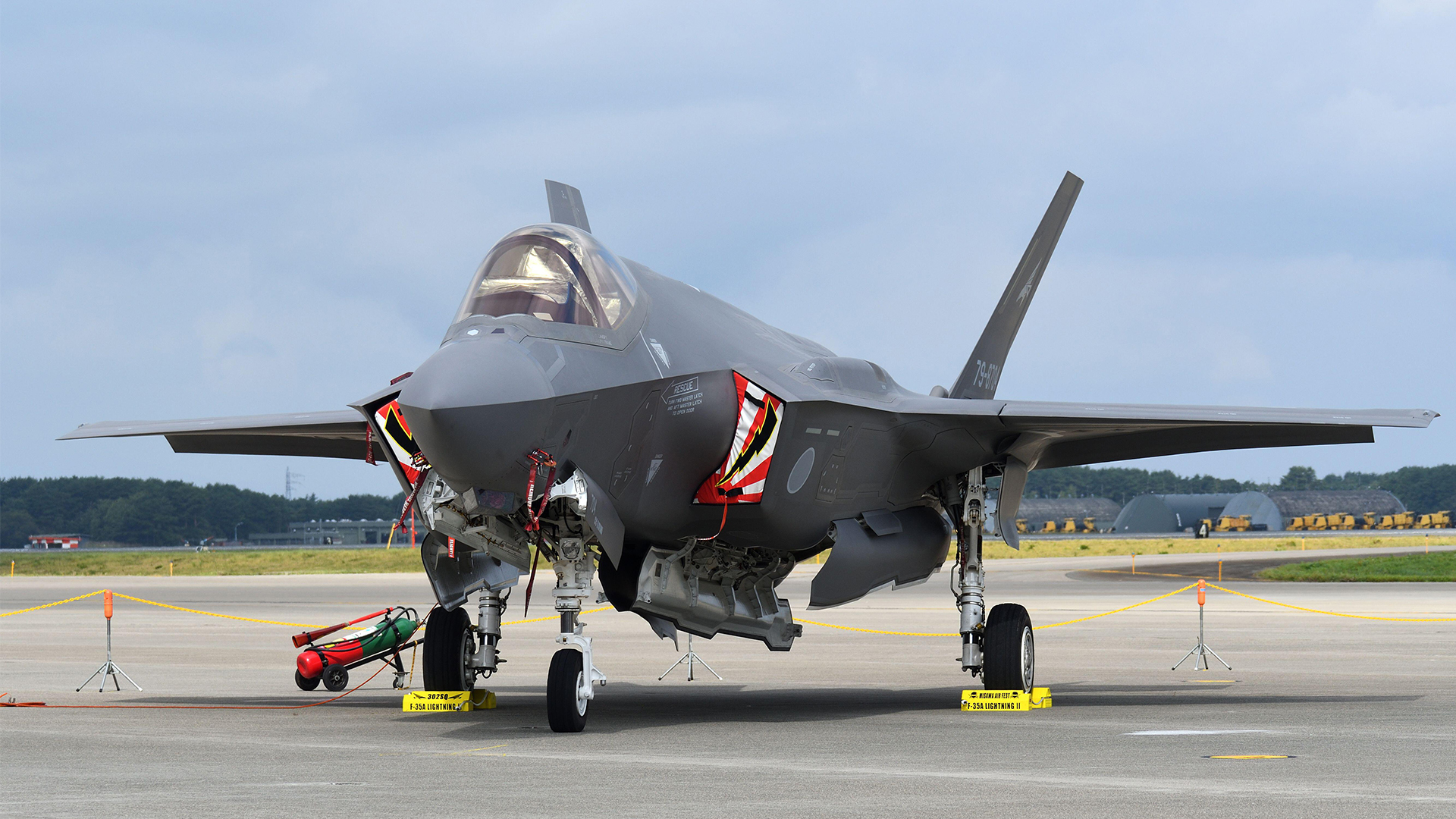
And a Ministry of Defence spokesperson said the three countries remained focused on the project and were "making strong progress".
The Italian defence ministry did not reply to a request for comment.
GCAP is an effort by Japan and its two European partners to build a next-generation fighter free from the operational restrictions that often come with purchases of US-made military equipment.
For example, buyers are often not allowed to do upgrades and maintenance without US permission.
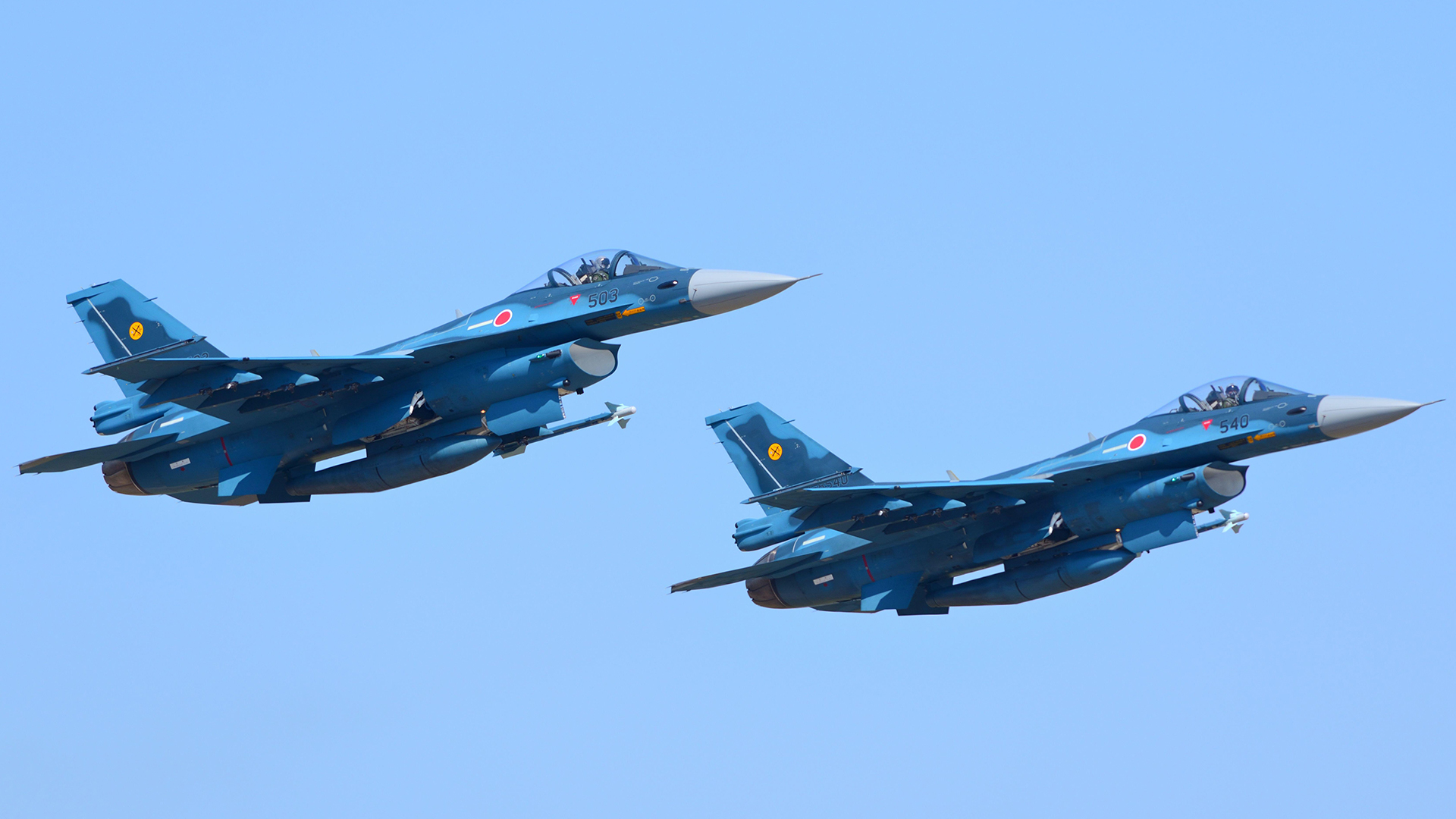
The Tempest project is being led by BAE Systems in the UK, Mitsubishi Heavy Industries in Japan and Leonardo in Italy.
In RAF and Italian service, the Tempest will replace the Typhoon jets that will be in operation until the 2040s, while in Japan, it is meant to replace the F-2.
Another source said Japan's concerns about a possible delay to Tempest's 2035 rollout stemmed from how much time was being taken to align each country's concept of how the aircraft will operate.







